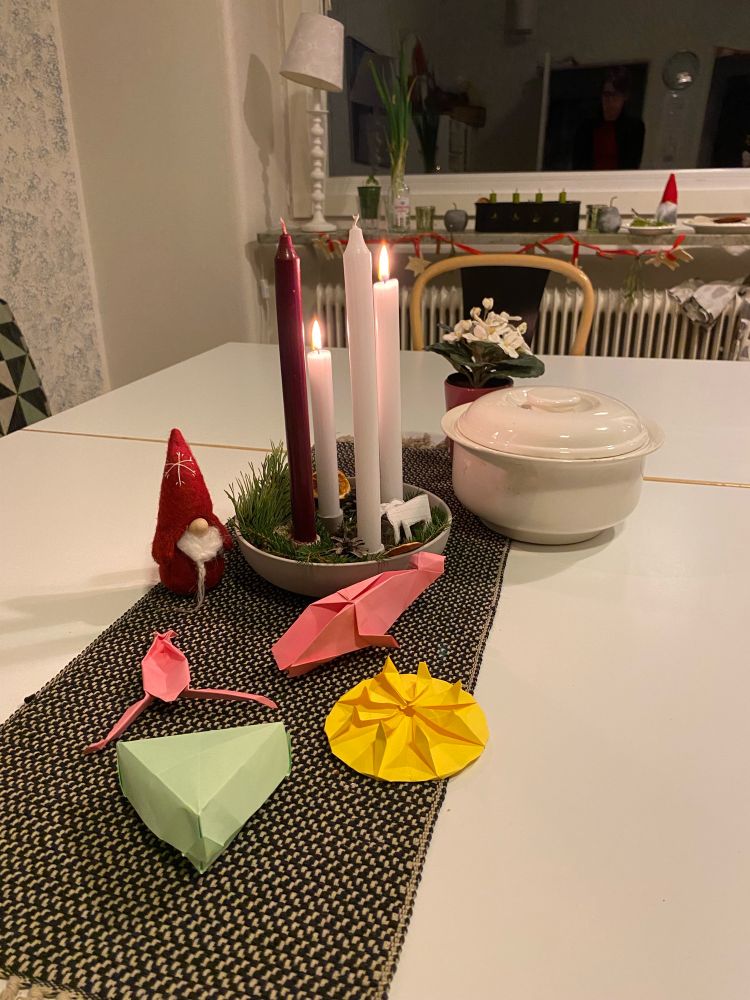Explore how model-averaging enhances the analysis of multi-driver marine experiments with nested and crossed designs, using Arthrocardia under future ocean conditions as a case study: nzoac.nz/s/Model-aver....
Explore how model-averaging enhances the analysis of multi-driver marine experiments with nested and crossed designs, using Arthrocardia under future ocean conditions as a case study: nzoac.nz/s/Model-aver....
Learn 3 ways to analyse data from a temperature x nutrients response surface experiment, and use the output to understand where in the oceans the species does well.
nzoac.nz/s/Response_s...
Learn 3 ways to analyse data from a temperature x nutrients response surface experiment, and use the output to understand where in the oceans the species does well.
nzoac.nz/s/Response_s...
Learn how to fit a temperature response curve to a simulated phytoplankton growth rate experiment. Then use the curve to learn about how the species performs across space & time.
nzoac.nz/s/Single_dri...
Learn how to fit a temperature response curve to a simulated phytoplankton growth rate experiment. Then use the curve to learn about how the species performs across space & time.
nzoac.nz/s/Single_dri...
Dive into modelling time-response data with R, using a sea urchin experiment to explore how environmental factors shape growth over time:
nzoac.nz/s/Time_respo...
Dive into modelling time-response data with R, using a sea urchin experiment to explore how environmental factors shape growth over time:
nzoac.nz/s/Time_respo...
Learn how to estimate the effects of two drivers on a response when your experiment is ‘blocked’ i.e. experimental units grouped in time, often because it’s not feasible to do all at once.
nzoac.nz/s/Blocking_i...
Learn how to estimate the effects of two drivers on a response when your experiment is ‘blocked’ i.e. experimental units grouped in time, often because it’s not feasible to do all at once.
nzoac.nz/s/Blocking_i...
Learn how to estimate the effects of two drivers on a response when your experimental treatments are designed to reflect future climate scenarios.
nzoac.nz/s/Scenario_a...
Learn how to estimate the effects of two drivers on a response when your experimental treatments are designed to reflect future climate scenarios.
nzoac.nz/s/Scenario_a...
Explore how to use R's built-in functions and simulations to assess the statistical power of a study on sea urchin growth under changing ocean conditions.
nzoac.nz/s/Power-vign...
Explore how to use R's built-in functions and simulations to assess the statistical power of a study on sea urchin growth under changing ocean conditions.
nzoac.nz/s/Power-vign...
We’ve developed a series of tutorials in R to guide you through analysing & visualising data from single & multiple driver experiments.
Beginners and experts, we've got something for all of you.
Please share!
meddle-scor149.org/vignettes/
We’ve developed a series of tutorials in R to guide you through analysing & visualising data from single & multiple driver experiments.
Beginners and experts, we've got something for all of you.
Please share!
meddle-scor149.org/vignettes/















